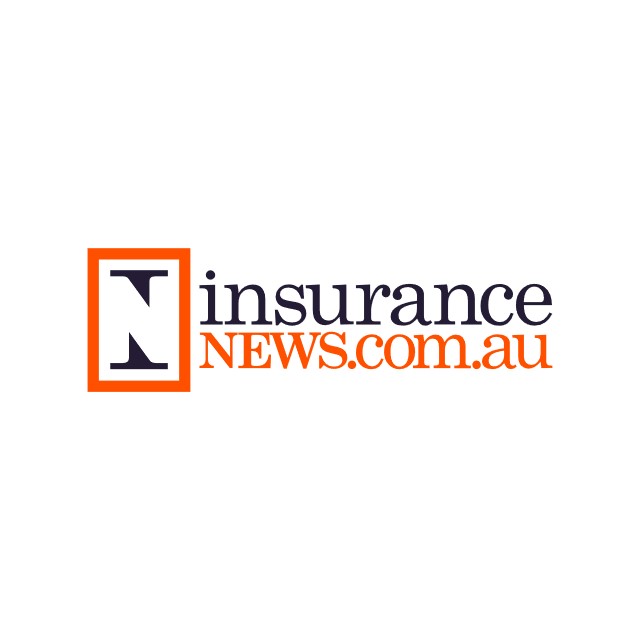5 Questions with Monalisa Samal
Welcome to 5 Questions, a blog series where an Xceedance team member shares their perspectives on insurance, technology, and business. For this edition, we spoke with Monalisa Samal, SVP of data and risk analytics.
Q1: What effect did the recent rise in catastrophic events have on catastrophe modeling in terms of data management and analytics?
Monalisa: The last two years, 2020 and 2021, were both bad for CAT events, with numerous storms, floods, earthquakes, volcanic eruptions, and wildfires. Most insurers, reinsurers, and insurtechs are trying to gather more data to better predict these events and estimate reasonable losses as a result. The primary focus of these initiatives is to better understand changing weather patterns to accurately predict extreme weather through better climate-based analytics.
Much of this analysis will be focused on localized data. Business intelligence focusing on location details, policies in place, and risk exposures can help business owners and insurers understand the potential impact of evolving CAT trends unique to their location. Insurance companies are exploring new data sources and technology solutions, including machine learning, big data, analytics, sensors, and spatial data to offer quick and transparent pricing based on a redefined underwriting process. This approach will help not only aid in understanding the CAT exposures in a specific area but also improve insurance to value ratios by providing better building replacement value data.
Q2: Do you see enough proliferation of IoT in the field of CAT modeling and exposure management? If not, what could be the reasons behind it?
Monalisa: The concept of IoT is not new – IoT devices are being utilized in multiple ways relative to exposure management, from monitoring for earthquakes, wildfires, and floods to identifying machine failures or air quality issues to help save lives.
My personal view is that these devices are mostly used for national disaster risk management at a government level, and presently they are not being used to their potential at the insurance company or insured property level. While there are some examples of IoT devices being used in those instances, the insurance industry can increase IoT implementation.
Q3: Do you think updates from top model providers are shrinking capacity in key markets?
Monalisa: While I cannot directly say if the capacity is shrinking, there is significant innovation taking place. The CAT modeling market is dominated by two players: RMS and AIR Verisk. CoreLogic also has an impressive range of worldwide models and is seen as an alternative option. Each of these vendors is known for its science, methodology, years of experience, and model-building acumen. Additionally, the models from these firms are trusted by the insurance community and by regulators.
But innovation is taking place throughout the CAT model market. The top model providers are deploying various methodologies to enhance their offerings to make next-generation models. On the other side, there is a push toward greater adoption of open-source platforms. Some innovative insurtech companies are building machine learning models focused on weather, atmospheric models, hydrology, and wildfires, and weather data companies are increasing predictions on the severity and frequency of events. With these new sources of data and new modeling approaches, I’d suggest options are now increasing rather than shrinking capacity.
Q4: Should catastrophe modelers accelerate their efforts to build climate change effects into their models?
Monalisa: Extreme events modeling, computational efficiency, complex environmental variables, and evolving core hydrometeorological perils have been hot topics in the CAT modeling community for multiple years. Each is related to the overall issue of climate change. Modeling companies are still in the process of building models that address this issue, but it is difficult to convert the data to an accurate probability model for multiple years given the rapid pace of environmental change.
All CAT modelers are working to quantify the impact of climate change, construct sensible models, and implement those models to accurately account for both near and long-term events. There is no doubt that modeling companies are trying to accurately simulate large-scale patterns of precipitation, storm tracks, regional climate models, and atmospheric evolutions. The longer-term impacts of these variables are of particular concern to the insurance industry. Companies are conducting scientific due diligence, reviewing climate literature, and analyzing weather patterns, but the reality is climate change is a constantly shifting target. To date, no one has developed an accurate predictive mode with a time horizon of 10-30 years.
Q5: How is Xceedance working with insurance organizations to leverage data and next-generation technologies for better catastrophe risk assessment?
Monalisa: The Xceedance Data and Insights team works to deliver innovations in data collection, processing, transfer, and applications to help insurance organizations make better risk decisions. We help organizations enhance their approach to data usage across the enterprise, including underwriting and portfolio management, to reduce uncertainty and build a better approach grounded in data.
For example, many insurers struggle with the processing schedules of values data in the CAT model services they use, which results in poor performance of the model and suboptimal output. That is why we built our Risk Data Platform, which supports the facilitation of data interoperability and Open Exposure Data (OED) standards. With RDP insurers can streamline and enhance all aspects of data preparation. It is showing remarkable success in the early testing phases, and we are excited to roll it out more broadly in the near future.
###
Thanks to Monalisa Samal for sharing her insights, and watch for the next installment of 5 Questions coming soon!


